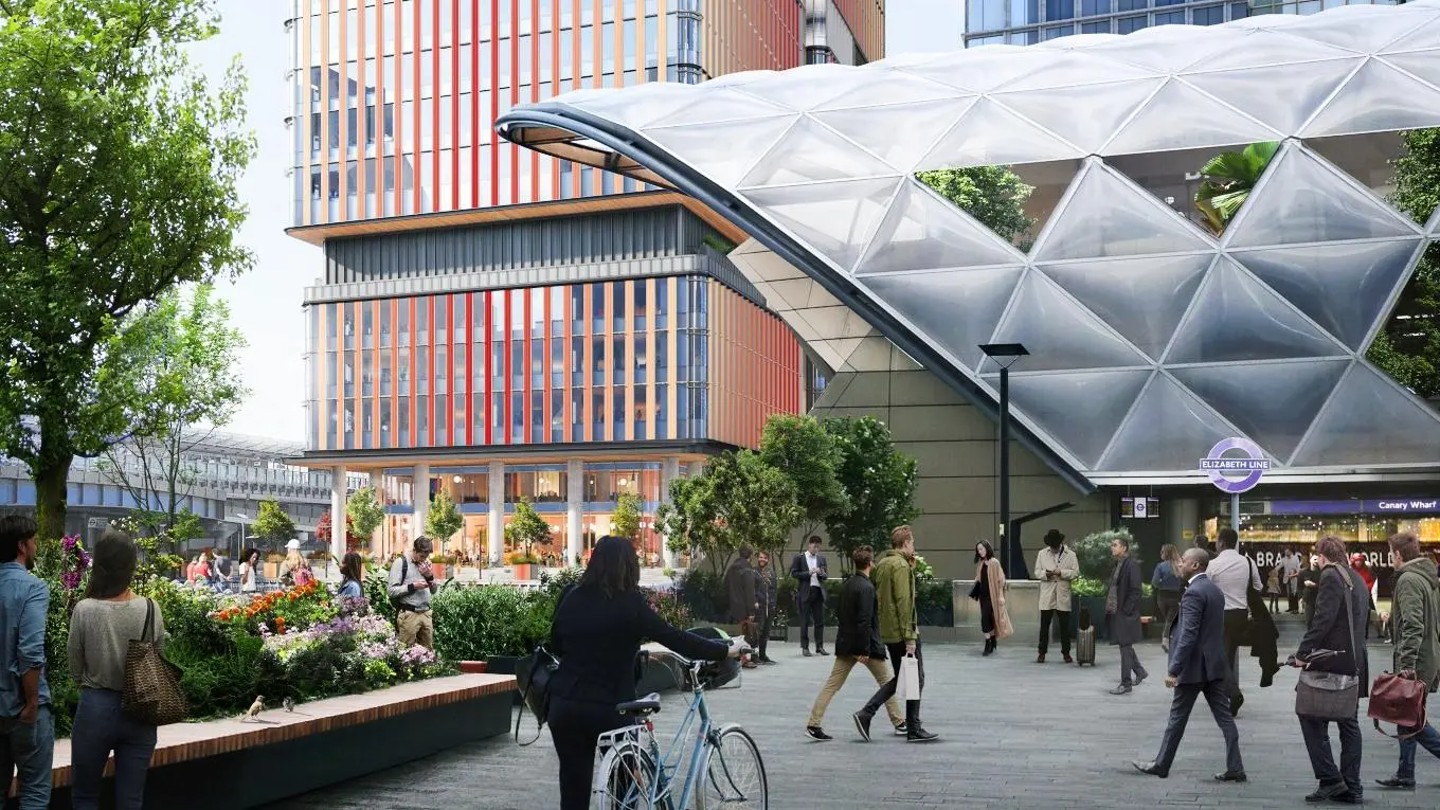
Danish architecture, engineering, and consulting company Ramboll has been appointed as the structural and vibration engineer for a life sciences building in Canary Wharf, London, UK.
The building is set to become Europe’s largest commercial health and life sciences building.
Earlier in July this year, a joint venture formed between Canary Wharf Group and Kadans Science Partner secured planning permission for this project, named One North Quay.
Ramboll engineers designed a unique ‘vertical campus’, which is expected to become an advanced life sciences hub and establish a new standard for constructing life sciences laboratories and workplaces in the UK.
The 23-storey life sciences building will occupy an area of 823,000ft².
Ramboll director Simon Banfield said: “North Quay has the potential to transform the life sciences sector in London, and we are proud to have been able to contribute our unique expertise in life sciences construction to the project and apply a systematic approach to cut the embodied carbon of the structure throughout the design stages.
“The completion of the vertical campus will mark the next step in Canary Wharf’s ongoing development as a destination for life sciences.”
The building had to be designed to account for a Grade I Listed dock wall beneath it and existing infrastructure next to it.
The design also had to minimise floor vibration generated by footfall and other factors within the building; including neighbouring infrastructure, which includes local trains; and ensuring the lateral wind-induced sway of the building was to be compatible with its life science occupants.



